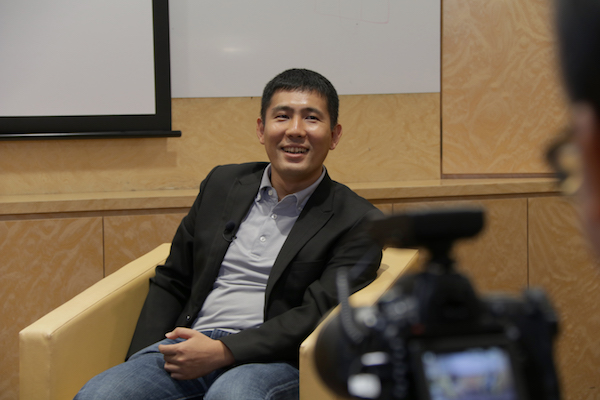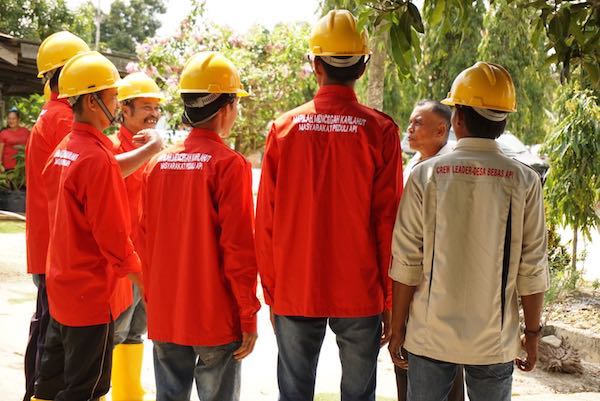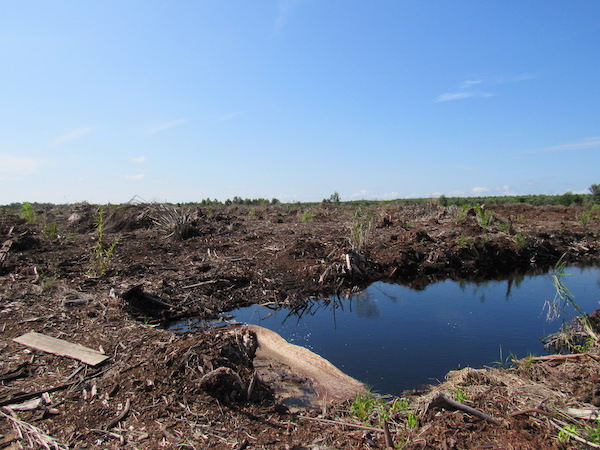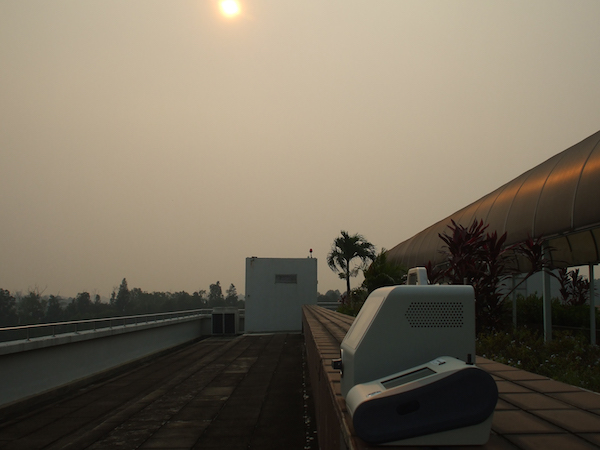
Singaporeans dread the dangerous haze incidents that occur each year. Thick, smoky air dries our throats and irritates our eyes. It makes breathing difficult and can cause lasting damage to our lungs.
During each haze period, atmospheric chemist Mikinori Kuwata and his team of six get down to work. They measure the chemical composition of air particles at the Nanyang Technological University (NTU) campus, located in the west of Singapore and thus close to the source of the haze in Sumatra, Indonesia.
Assistant Professor Kuwata and his team cannot prevent transboundary haze, but they are on a mission to provide scientific findings that will help the region combat it.

“The job of an atmospheric chemist is to understand the atmosphere. The haze problem is very complicated. If we do not stop the wildfires in Indonesia, we will never be able to stop haze. But to stop the fires, we have to collaborate with people working in many different fields,” said Asst. Prof Kuwata, a Principal Investigator at NTU’s Earth Observatory of Singapore.
Hydrologists, politicians, and economists need to work together to combat haze. “This is not something atmospheric chemists can do alone,” Asst. Prof Kuwata says.
“When the haze season begins,” Asst. Prof Kuwata explains, “the affected governments tend to discuss the haze issue without incorporating scientific evidence into their discussions. If we, as scientists, could provide decision-makers with robust scientific evidence, then perhaps they would be able to more accurately estimate the economic and health impacts of haze,” he said.

Asst. Prof Kuwata’s current research aims to simulate the chemical reactions that occur during the transport of haze particles from Indonesia to Singapore. “Only after accurately estimating the regional distribution of air pollutants can we hope to fully understand the environmental and health impacts of haze,” the 35-year-old explained.
If Asst. Prof Kuwata’s team manages to successfully simulate the chemical reactions that occur during particle transport, they can then help to forecast what the PM2.5 concentration in Singapore will be when a wildfire occurs in Indonesia.
The PM2.5 reading technique was introduced to Singapore in 2014. It calculates the amount of tiny, toxic particles in the air, particles four times smaller than those analysed by the commonly used Pollutant Standards Index.
On top of the field observation work conducted in Singapore, Asst. Prof Kuwata also travels to Indonesia for several weeks each year to collect peat samples for laboratory experiments. He burns the peat in his lab to investigate its chemical properties and compares the results with his observations in order to better understand particle transformation.

Asst. Prof Kuwata’s interest in haze began in 2013 when he arrived in Singapore. Previously, he had obtained a PhD in earth and planetary science at the University of Tokyo and worked as a postdoctoral fellow at Harvard University. His bachelor’s degree was also from the University of Tokyo, where he majored in chemistry.
“I like chemistry a lot, but at the same time, when I was studying it, I did not like staying in the lab all the time. I wanted to use chemistry to understand what was happening in the world around me, so atmospheric chemistry was a good fit for my interests,” he said.
“When I got a job in Singapore, I began to explore possible research topics. Haze seemed like an obvious choice, as it is one of the most important issues in the region,” he said. “Many people all around the world are interested in the haze in Southeast Asia because it has implications for both the air quality of the region as well as the global climate.”

Although his primary research focus is on haze, Asst. Prof Kuwata is quick to admit that he does not personally like hazy conditions. Still, his overall experience in Singapore has been rewarding.
“Before coming here I had had research experience, but had never ran a research group on my own. When I started to work with my own students and postdoctoral fellows, that was a very exciting moment for me,” he said.
For now, Asst. Prof Kuwata will continue to deepen his team’s research on haze. “As long as there is haze, we will always have something to work on,” he said.